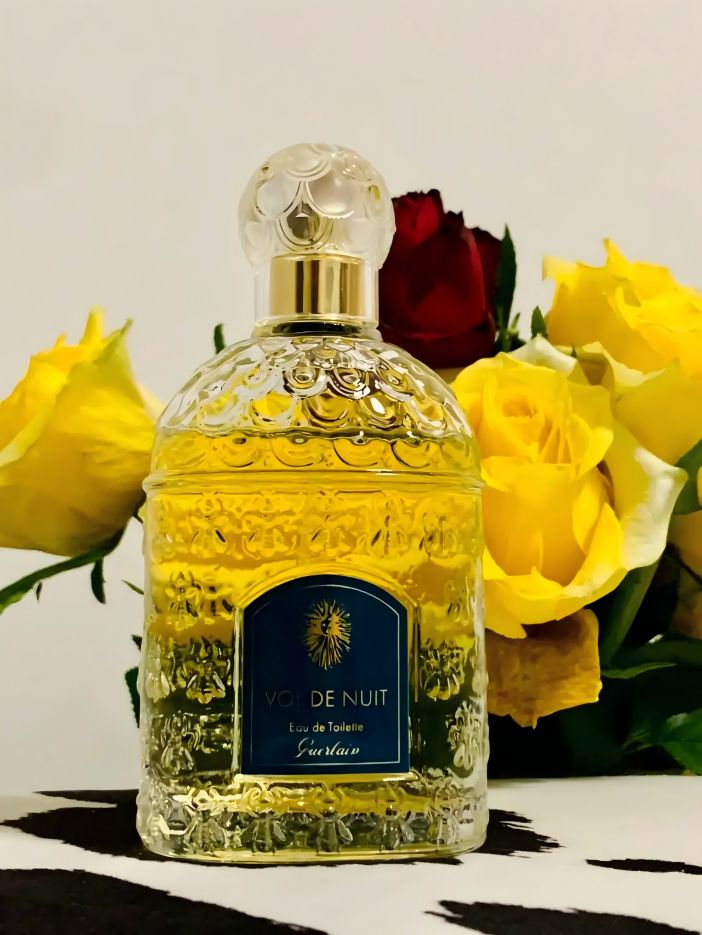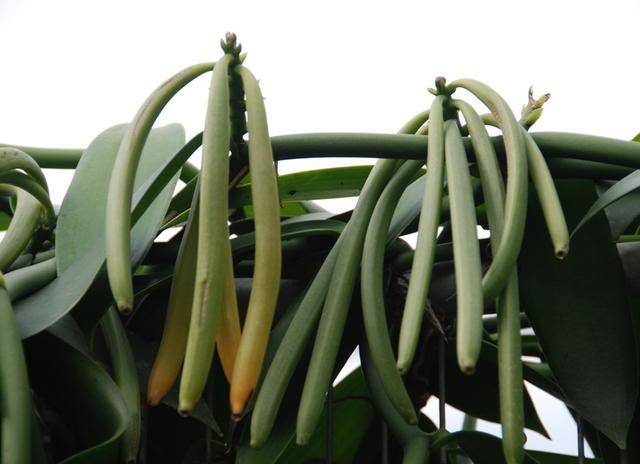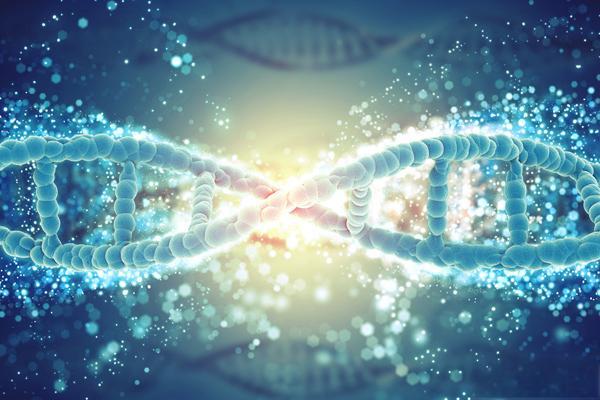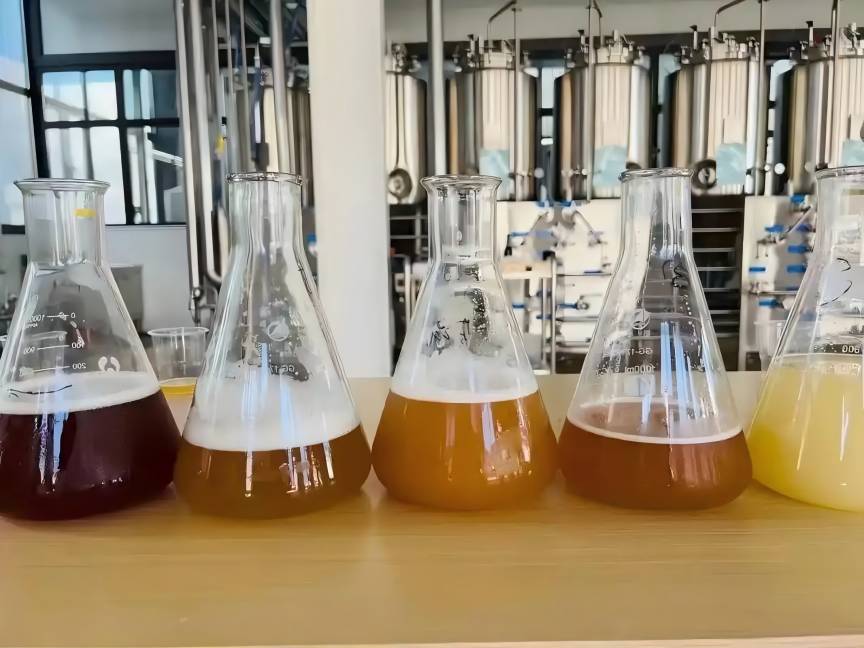Green Spring Technology: Enabling Clean Label Formulation with Natural Vanillin
As the global food and consumer goods industry accelerates its shift toward “clean label” products, natural vanillin—a highly sought-after premium flavoring agent—faces dual challenges: surging market demand coupled with supply shortages. While naturally occurring vanillin is widely present in plants like vanilla beans and cloves, traditional extraction methods are costly and yield low output, making it difficult to meet modern large-scale production demands. Conversely, chemically synthesized vanillin, though capable of stable supply, fails to align with consumers' pursuit of “natural and healthy” ingredients.
Green Spring Technology has deeply understood this industry pain point. Leveraging its proprietary bio-conversion technology, the company has successfully achieved efficient, large-scale vanillin production using natural ferulic acid as raw material. Our natural vanillin ingredient retains the “clean label” attributes of its natural source while offering the stable supply capability of synthetic flavors. It can be widely applied in premium foods, beverages, cosmetics, pharmaceutical intermediates, and other fields, truly helping customers strike a balance between ‘natural’ and “mass production.”

1 Synthetic Vanillin vs. Natural Vanillin: Core Differences in Source, Regulations, and Flavor
Currently, vanillin products on the market are primarily divided into two categories: synthetic vanillin and natural vanillin. Significant differences exist between them in terms of source, regulations, flavor, and sustainability.
Synthetic vanillin is chemically synthesized from petrochemical feedstocks. Its mature production process ensures a stable supply, accounting for the vast majority of the current market share. However, its aroma profile is relatively simple, lacking the distinctive complexity of natural vanillin, and its production process carries certain environmental pressures.
Natural vanillin complies with increasingly stringent natural labeling regulations. Its production technologies primarily include extraction and biotechnological methods. Definitions of “natural” vary by region: The EU and China recognize vanillin derived from plant or microbial sources via physical or biotechnological methods. U.S. regulations additionally permit products obtained through “soft chemistry”—mild reactions (e.g., oxidation, rearrangement) of natural materials—to be labeled as natural vanillin provided they achieve at least 95% natural content.
2. Traditional Extraction and Biotechnological Methods: Dual Pathways for Natural Vanillin
Traditional extraction originates from the “Queen of Spices,” vanilla beans. The resulting product boasts rich aroma and high value but remains prohibitively expensive due to raw material cultivation and extraction efficiency constraints, making it unsuitable for large-scale commercial applications.
Biological methods (including microbial fermentation and enzymatic approaches), as emerging green production technologies, efficiently synthesize vanillin from natural raw materials through bioconversion. Combining clean production with raw material sustainability, they have become a focal point in both academic and industrial circles. However, to achieve greater economic viability, continuous breakthroughs in yield enhancement and purification process simplification remain essential.
3. Plant Extraction Methods for Natural Vanillin Production
Vanillin is widely present in natural plants, particularly abundant in vanilla beans, often hailed as the “Queen of Spices.” After primary processing, dried vanilla beans can contain up to 20 g/kg of vanillin, making them a crucial source for natural vanillin extraction. Currently, the global supply of vanilla bean raw materials primarily originates from Madagascar and the Comoros Islands, yet the natural vanillin they provide accounts for only about 2% of the world's total vanillin supply.
Traditional extraction involves grinding vanilla beans and macerating them in ethanol at 50–60°C to produce bean tincture. To better preserve vanillin's natural aroma and prevent hydrolysis and oxidation, modern techniques like supercritical CO₂ extraction are increasingly applied in natural extraction. This airtight, solvent-free process significantly enhances extraction efficiency and product purity.

Although naturally plant-derived vanillin offers rich, layered aromas that cannot be fully replicated by synthetic alternatives, its production is severely constrained by specific growing regions, climatic conditions, and high labor costs. This results in limited yields and high prices, failing to meet the growing market demand for natural vanillin.
4. Biotechnological Production of Natural Vanillin
Currently, biotechnological methods for producing 自然vanillin粉 primarily encompass three technical pathways: microbial fermentation, enzymatic methods, and plant cell culture.
4.1 Ferulic Acid Bioconversion: Green Spring Technology Pioneers Efficient, Green Manufacturing of Natural Vanillin
Among various biotechnological pathways for producing natural vanillin, microbial conversion has garnered significant attention due to its eco-friendly, efficient nature and compliance with international natural labeling regulations. This method utilizes microbial strains to convert natural substrates into vanillin, eliminating the need for enzyme purification, substantially reducing costs, and facilitating large-scale production. Among numerous substrate options, microbial conversion using ferulic acid as the substrate demonstrates particularly notable industrial advantages and development potential.
Why is ferulic acid a more ideal substrate? Ferulic acid is widely present in grain byproducts such as wheat bran and corn bran, offering abundant sources at relatively low cost while posing no toxicity to microorganisms. Its chemical structure closely resembles vanillin, enabling shorter conversion pathways with fewer side reactions and facilitating higher conversion rates. Research indicates that using Streptomyces strains combined with adsorption resins to overcome product inhibition can achieve vanillin yields exceeding 19 grams per liter of fermentation broth, with conversion rates surpassing 50%. This represents one of the most economically viable biotechnological routes currently available.
Brief comparison of other substrate routes:
· Eugenol/isoeugenol method: While convertible, these compounds possess inherent antibacterial properties that inhibit microbial growth, resulting in generally low yields and significant technical challenges.
· Glucose-based method: Utilizes inexpensive glucose as substrate, relying on genetically engineered strains (e.g., E. coli, yeast) to construct artificial metabolic pathways. While raw material costs are extremely low, current yields remain at the milligram level, still distant from industrial-scale production.
Green Spring Technology leverages leading microbial fermentation technology to specialize in producing high-quality vanillin using natural ferulic acid as substrate. Through strain selection and process optimization, we effectively overcome the challenges of unstable supply and high costs associated with traditional extraction methods. We provide customers with vanillin solutions featuring both “natural labeling” and “stable supply,” supporting upgrades in food, cosmetics, and pharmaceutical products.

4.2 Vanillin Production via Plant Cell Culture
Plant cell culture represents a cutting-edge technology that utilizes bioreactors to cultivate plant cells, enabling the synthesis of target metabolites under controlled conditions. In the field of vanillin production, researchers have explored systems such as vanilla, shrubby pepper cells, and Haematococcus pluvialis, attempting to generate vanillin through suspension culture or precursor addition.
Although early studies demonstrated that high-density Vanilla planifolia cell cultures could achieve vanillin yields of several grams per liter, and some research attempted to enhance efficiency through hormone regulation or continuous extraction, this method generally faces technical bottlenecks such as low product concentration, long cultivation cycles, high costs, and vanillin's own inhibition of cell growth. Currently, plant cell culture methods remain at the laboratory research stage and have yet to overcome the economic and feasibility barriers to large-scale production.
4.3 Enzymatic Conversion for Vanillin Production
Enzymatic Conversion: The Future Path for High-Purity Natural Vanillin
Enzymatic conversion represents a highly promising technological direction for natural vanillin production. This method utilizes highly specific enzyme catalysts to efficiently convert natural precursors into vanillin under mild conditions. It offers significant advantages including high product purity, minimal byproducts, mild reaction conditions, and green, energy-efficient processing.
Researchers have explored multiple enzyme systems, including vanillin oxidase (VAO), lipase, and soybean lipoxygenase, successfully generating vanillin from natural substrates such as isoeugenol and pinene. Some systems achieve conversion rates exceeding 80%. Auxiliary methods like resin adsorption can further enhance product yield.
Although enzymatic methods demonstrate superior product quality and process cleanliness in laboratory settings, industrialization faces engineering challenges including high enzyme preparation costs, immobilization technology, and multi-enzyme reactor design. Currently, this technology has not achieved large-scale production application and remains primarily focused on ongoing academic and industrial research and development.

5 Innovative Biotechnology, Reshaping the Future of Natural Vanillin
As green consumption and sustainable development become global imperatives, the vanillin industry is undergoing a profound shift from chemical synthesis toward natural, efficient, and eco-friendly production methods. Leveraging leading bioconversion technology, Green Spring Technology utilizes natural ferulic acid as feedstock to achieve scalable, stable production of natural vanillin, providing clients across industries with premium raw materials that combine “clean label” credentials with “commercial viability.”
Core advantages of Green Spring Technology's natural ferulic acid-derived vanillin include:
· Natural compliance, pure labeling: Strict adherence to international natural flavor regulations, suitable for major markets including the US, EU, and China, enhancing products' natural and healthy image;
· Stable supply, free from natural constraints: Overcoming production bottlenecks of plant extraction through fermentation technology, enabling a year-round stable supply to support large-scale production demands;
· Green process, eco-friendly and low-carbon: Full adoption of bioconversion technology reduces environmental pollution, aligns with carbon neutrality goals, and empowers corporate sustainability strategies;
· Rich flavor profile with broad applicability: Preserves the abundant aroma and authentic taste of natural vanillin, suitable for upgrading premium food, beverage, personal care, pharmaceutical, and other products.
Green Spring Technology is committed to advancing the adoption and application of natural vanillin through innovative biomanufacturing technologies. We sincerely invite industry partners to inquire with us at helen@greenspringbio.com or WhatsApp: +86 13649243917 about collaboration, obtain complimentary samples and technical documentation, and jointly create healthier, more natural future products.
参照:
[1] brochado ar, et al。ベーカーでのバニリン生産の改善'sイーストを通じてインシリコデザイン[j]。微生物細胞工場,2010,9(1):84-98。
[2] Huaishen。バニリン市場の最近の予測と生産技術の進歩。^『日経産業新聞』2012年6月30日、26-29頁。
[3] muheim a, lerch k . toward a high yield bioconversion offerulic acid to vanillin[j]。1999年、「応用微生物学とバイオテクノロジー51(4):456-461。
[4] oddou j, stentelaire c, et al。改良pycnoporus cinnabarinusの高密度培養によるオファリン酸のバニリンへのバイオ変換[j]。1999年、「応用微生物学とバイオテクノロジーハンマー53番(1)…洗いますか?
[5]周夏。バニリンの合成[j]。広州化学工業,2008,36(4):20-29。
[6] sun yq, wang xn .バニリンの合成とその応用[j]。^『週刊ファミ通』2002年4月号、48-50頁。[7] zhou yanqing, suo longning, et al。p-クレゾールからバニリンを合成する研究の進展[j]。2014年(平成26年)4月4日:ダイヤ改正。
[8]柳Wanmin。シュウ酸からのエチルバニリンの電気化学合成に関する研究[d]。2007年、湖南大学教授。
[9] priefert h, rabenhorst j, et al。 バニリンのバイオ生産[j]。2001年「応用微生物学とバイオテクノロジー56(3/4):296-314。
[10] fu shiliang, et al。超臨界co2抽出バニラのプロセス研究と組成分析[j]。^ a b c d e f g hi(2002)、12-14頁。
-
Prev
バニリンは何から作られていますか?
-
次
Natural Vanillin Ex Ferulic Acid: For Superior Flavor in Ice Cream, Bakery & Beverages


 英語
英語 フランス
フランス スペイン
スペイン ロシア
ロシア 韓国
韓国 日本
日本



